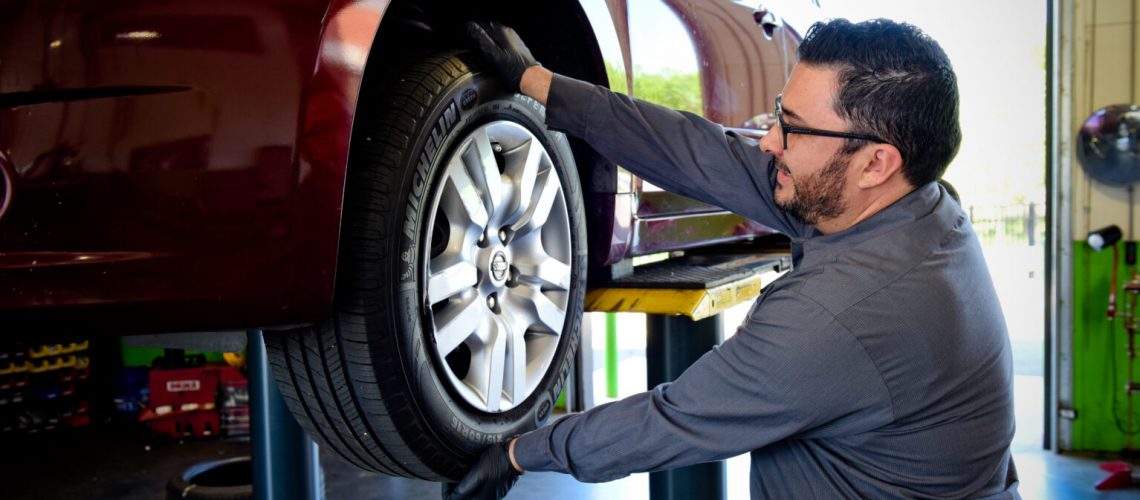Contrary to popular belief, misaligning your car is much simpler than you may imagine. All it takes is a single large pothole, a speed bump approached too forcefully, or an unintentional curb rollover. Sometimes even normal wear and tear are sufficient to upset the balance. Even though correctly aligning your car might not seem important, skipping this step can have expensive repercussions, and the car garage can be sideways. Your vehicle’s overall suspension and steering are impacted by your wheels’ alignment, which can cause significant issues like premature and uneven tire wear. How do you tell when the front end of your car needs to be aligned? Why is proper wheel alignment so crucial? Here are three top explanations for keeping your car’s wheels straight and coordinated.
Extend The Life Of Your Tires
Your tires will wear unevenly if your wheels are out of alignment. As tires deteriorate, their lifespan shortens, needing to be replaced more frequently. Your suspension and steering systems are put under extra strain when your car is out of alignment, which results in uneven wear on other components. Checking your alignment as part of annual maintenance will help you avoid costly repairs or needing to buy new tires more frequently.
Make Gas Savings
A correctly aligned vehicle also delivers higher gas mileage, though it may appear unrelated. When out of alignment, your wheels won’t cooperate reasonably, forcing your engine to work more to propel your vehicle ahead. Because the machine must work harder, more gas is used, which reduces fuel efficiency. You may save money on petrol by keeping your tires properly inflated; the fuel needed to move tires underinflated or worn out is similar.
Save Money On Gas
Even though it might seem irrelevant, a properly aligned vehicle gets better gas mileage. When your wheels are out of alignment, they won’t work together, making your engine work harder to move your car forward. Fuel efficiency is decreased since more gas is utilized because the engine has to work harder. Keeping your tires properly inflated might help you save money on gas. Underinflated or worn-out tires require a similar amount of gasoline to move.
What Includes An Alignment?
In reality, getting your wheels aligned is a highly technical procedure. Your vehicle will be raised into the air by your mechanic, who will then fit devices to each tire and use an alignment machine connected to a computer to take exact measurements.
The device aids in aligning the wheels and axles of the car for them to move in the same direction. Your mechanic will centre the steering wheel and adjust the suspension angles. The manufacturer of each vehicle has established requirements and joint angles for alignment. The steering wheel should be in the middle, with all four wheels parallel and flat on the ground. A four-wheel alignment is necessary for all-wheel drive or front-wheel drive vehicles with independent or adjustable rear suspensions so that all four wheels are arranged in a rectangle perpendicular to the road and parallel to one another. Adjusting the front axle parts for all other cars usually necessitates a front-end alignment.
Do you need to arrange another maintenance service or have your alignment checked? Visit one of many automotive repairing shops today to speak with one of our knowledgeable.
